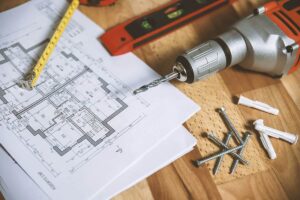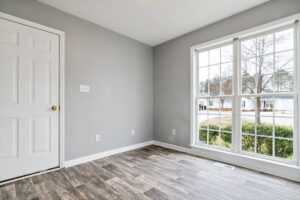You want to make a home addition for your family, or at least accommodate some of your relatives. Do you find this home addition project expensive? I would guess your answer is yes. You are not alone. Most people find this project unaffordable. However, there is good news for all of you. You do not have to produce all the cash out of your pocket. With home addition loans, you can establish the home addition of your dreams. Now the problem might be choosing which home addition loan option to go for. This guide will help you understand a variety of loan options. It’s up to you to choose the one which best suits you.
Home equity lines of credit (HELOCs) are a popular home addition loan option
Home equity lines of credit (HELOCs) are a popular loan option for home additions. A HELOC is a revolving line of credit that uses your home’s equity as collateral. HELOCs usually have a lower interest rate than other types of loans. Additionally, you can borrow as much or as little as you need, up to your credit limit. You only pay interest on the amount you borrow, and you can typically access your line of credit for up to 10 years.
If you’re considering a HELOC for your home addition, compare offers from multiple lenders to get the best rate and terms. Also, keep in mind that a HELOC is a secured loan. Therefore, if you default on your payments, your lender could foreclose on your home. A HELOC can be a great way to finance a home addition because it often has a lower interest rate than other types of loans. Additionally, you can pay it back over time as you are able.
You can refinance you home as your home addition option
You may be able to finance your home addition by refinancing your mortgage. Refinancing is the process of taking out a new loan to pay off an existing loan. This option may provide you with a lower interest rate. It can also have lower monthly payments than other financing options, such as a home equity loan or line of credit. If you have equity in your home, you may be able to use it to finance your home addition.
Before you decide to refinance, be sure to compare the costs of refinancing with the benefits. The costs may include appraisal fees, loan origination fees, and closing costs. You will also need to factor in the impact of a longer loan term on your monthly payments. Moreover, it is important to include the total interest you will pay over the life of the loan. For more information you can contact us.
Cash-out refinance on your mortgage.
If you’re a homeowner, you may be able to get a home addition loan by taking out a cash-out refinance on your mortgage. With a cash-out refinance, you’ll refinance your mortgage for more than you currently owe. Additionally, you’ll get the difference in cash to use for your home addition.
A cash-out refinance is a way to both refinance your mortgage and borrow money at the same time. You refinance your mortgage and take out a bigger loan than you need to pay off your current mortgage. The difference goes to you in cash. You can use that cash for anything you want, including a home addition.
Before you apply for a cash-out refinance, make sure you understand how they work. You also need to compare offers from multiple lenders to get the best deal. Always make sure you talk to your lender about your options and compare offers from multiple lenders to get the best deal.
Personal loans as home addition loan options
Adding a home addition can increase the value of your home while also providing you with additional space. One option for financing your home addition is a personal loan.
Personal loans can be a great option because they typically have lower interest rates than credit cards and other types of loans. Additionally, personal loans can be used for a variety of purposes. Therefore, you can use the loan for other expenses related to your home addition, such as construction costs or furnishing your new space. To qualify for a personal loan, you will typically need good credit and a steady income. If you have both of these, you should be able to qualify for a personal loan with a relatively low-interest rate.
Are considering a personal loan to finance your home addition? Be sure to compare offers from multiple lenders to get the best rate and terms. Once you have found the right loan, be sure to make your payments on time to avoid damaging your credit score.
Credit cards
Are you considering a home addition and don’t have the cash on hand? You might be wondering if a credit card is a good loan option. Here’s what you need to know.
Credit cards can be a great way to finance a home addition because they usually have low-interest rates and flexible repayment terms. Plus, you can use your credit card to get rewards like cash back or points that you can use to offset the cost of your addition.
However, there are factors to keep in mind before using a credit card to finance your home addition. Most importantly, make sure you have a good handle on your finances and are confident you can make your monthly payments on time and in full. Also, remember that a home addition is a big investment and you’ll need to be prepared to pay off your credit card debt in full as soon as possible to avoid paying so much interest on your loan, that your $150k addition turns into a $300k addition.
There are a variety of home addition loan options available to finance your home addition. The best option for you will depend on your financial situation and the amount you need to borrow. Be sure to compare offers from multiple lenders to get the best rate and terms. Also, keep in mind that a home addition is a big investment. Therefore, you should only borrow what you need and be prepared to pay off your loan as soon as possible.








